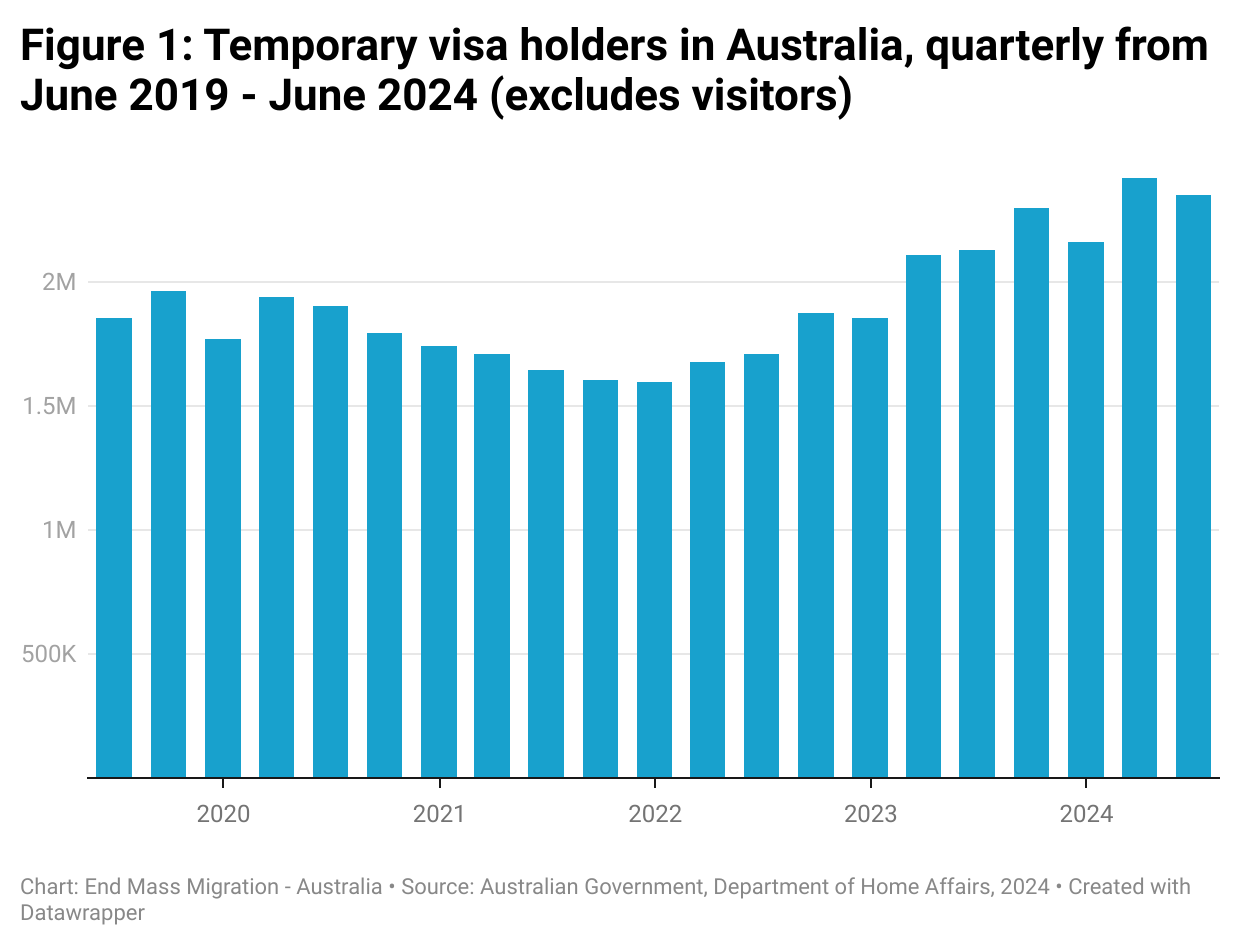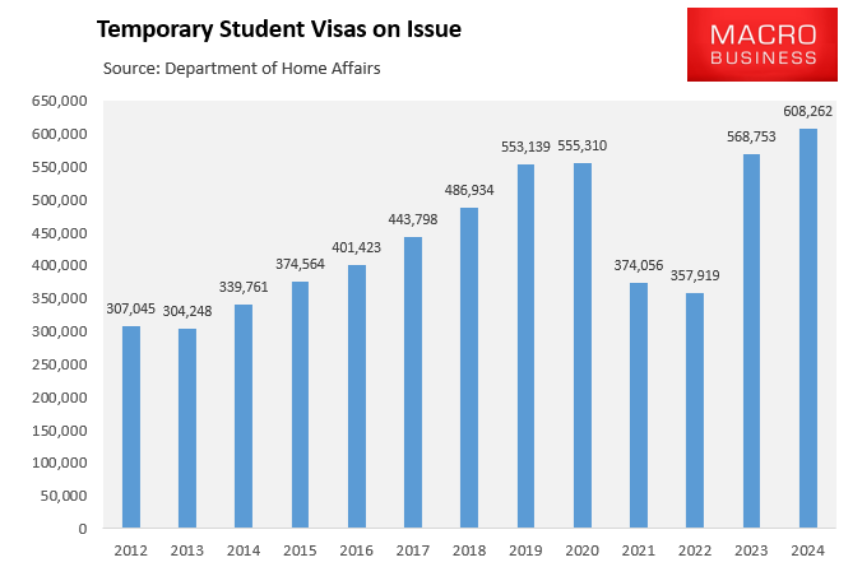Remigration Proposals in Anglosphere and European Nations
Remigration: A Definition
According to the Collins Dictionary, remigration is the act or process of returning or migrating back to the place of origin.
The three words remigration, deportation and repatriation carry more or less the same meaning.
There are subtle differences: Remigration implies the reversal of mass immigration.
Deportation focuses solely on the “removal – the literal de-porting – of people from our lands.” For example, the mass deportation of illegal migrants.
Repatriation refers to the same overall process but emphasises the return of migrants to their homelands.
Remigration Proposals in Anglosphere and European Nations
Remigration is a concept which is attracting public support in western nations.
Nationalists in Austria and Germany have discussed their desire for “remigration” – a concept calling for migrants of non-European backgrounds to be returned to their homelands: Predominately by the implementation of voluntary repatriation policies.
Immigration is a problem affecting nearly every white country in the world. Therefore, remigration offers a potential solution.
According to Austrian nationalist Martin Sellner, “a remigration policy would judge individuals on their respect for law, willingness to assimilate, and ability to contribute.”
Mr. Sellner is the author of the book “Remigration: A Proposal”. In his book Mr. Sellner calls for a:
New research institute that would calculate the economic, criminal and cultural stress put on society by immigrants, with data collected for each nationality. This would set immigration limits for each nation.1
In Australia a remigration plan could assist in maintaining Anglo and European Australians as the majority population. Anglo-Celtic Australians have no desire to become a minority ethnic group in the nation that their ancestors founded and developed.
A recent national survey by The Australian Population Research Institute demonstrated that 61% of Australians are opposed to the idea of increasing immigration in order to enhance Australia’s ethnic diversity. Only 28% are in favour.
And an analysis of nationalism reveals that:
People around the world wish to be ruled by members of their nation … they also wish their elites to share the nation’s identity… founding nations want to remain a super-majority within their state borders.2
However, the political elites in western nations continue to implement mass replacement-level immigration policies.
Therefore, this is an ideal time to explore a remigration plan for Australia.
Mainstream Australian media and politicians have yet to show any interest in discussing the concept of remigration.
However, in Europe, the Alternative for Germany Party has indicated support for a mass deportation policy. The central tenet of the policy aims to “deport immigrants en masse to their countries of origin.”
The image below shows young European nationalists marching through Vienna demanding mass deportations with a banner reading “the kids want remigration.”
(Source: The Noticer, 2024)
It’s also significant that in Ireland - men, women and their families are participating in anti-mass immigration rallies - demanding that migrants are sent back to their homelands.
In the United States, a new poll revealed significant public support for mass deportations - (51%) support mass deportations of undocumented immigrants.
The Nordic countries comprising Scandinavia (Denmark, Sweden, Norway, Finland and Iceland) appear to be leading the way in translating policy through to concrete action.”
The Nordic Countries
In 2023, the Nordic countries stepped up in their “cooperation to return immigrants … to their countries of origin.”
“They agreed to arrange joint flights to take illegal residents to a third country through the European Border and Coast Guard Agency, Frontex.”
In particular the Swedish government is embracing repatriation: The Nordic nation seeks to undo the demographic damage of the past 2 decades.
“For years Sweden has been labeled the ‘canary in the coal mine’ in regard to mass immigration, demographic change, population replacement, and migrant crime.”
Sweden’s prime minister, Ulf Kristersson, and his coalition government have put forward a series of proposals to deal with illegal immigrants, immigration, naturalization and constitutional issues.
It indicates this is a comprehensive plan to start voluntary repatriation of immigrants to their ethnic homelands even if those immigrants have been naturalized as Swedish citizens.
Sweden’s Migration Minister Maria Malmer Stenergard “highlighted the continued efforts to encourage voluntary returns for immigrants, particularly those from Iraq, Somalia, and Syria.”
This is backed by claims from the government indicating their policies are proving effective at reducing immigration numbers.
However, a note of caution is required: The net emigration figure is partly “due to the Swedish Tax Agency's work to deregister people from the population register who previously moved from Sweden.”
Nonetheless, Asylum applications are the lowest they have been since 1997, with just 5,600 applications up to July of 2024.
Some of the Swedish government policies include tightening the eligibility for migrants to claim legal status and social welfare benefits.
Research conducted by Bernd Parusel, a Swedish migration expert, outlines the challenges faced by those seeking to enter or remain in Sweden:
“These issues comprise stringent entry measures, delayed processing times, and enhanced deportation initiatives, which all contribute to the growing emigration numbers.”
Another way Sweden's Coalition government are aiming to expand their remigration program is through the requirement that public sector workers report undocumented migrants to authorities.
This could result in many of the over 100,000 illegal immigrants in Sweden being reported to police and effectively tracked for deportation from the country.
The repatriation of naturalized citizens and legal immigrants is a very interesting development in Sweden.
One of the key reasons for this is the massive non-Swedish and non-European population is expected to more than double the burden placed upon Sweden’s pension system.
A 158-page report recommends that the Swedish state provide up to $15,000 to immigrants, asylum seekers, and naturalized citizens to return to their homelands or countries of origin.
Economists have clearly forecast significant savings for the state, if Sweden is able to encourage a large number of non-European migrants to return to their ethnic homelands.
These are promising remigration proposals by the Swedish government.
Exploring the Nordic countries efforts at reversing mass immigration could form an important policy learning exercise for Australian researchers and nationalist politicians.
Why is the Concept of Remigration Proving to be Popular?
There is a number of key issues that have led to remigration emerging as a key policy, which has the potential to address the many issues related to mass immigration in European and Anglosphere countries.
One of these issues are public concerns about unrestricted mass immigration and crime.
As was pointed out above, a remigration plan would judge individuals on their respect for law.
This suggests that a remigration plan for Australia, could be useful in removing foreign born nationals which are overrepresented in Australian crime statistics.
African (predominantly South Sudanese) youth comprise at least 19 per cent of young people in custody despite being less than 0.5 per cent of Victoria's youth population.
Foreign born nationals from Sudan and Somalia have significantly higher imprisonment rates than Australian born. They have the highest imprisonment rates of all foreign-born nationals (see Table 1 below). Yet they comprise less than 1% of the Australian population.
(Source: Australian Bureau of Statistics, Prisoners in Australia, Reference period 2023)
Mass immigration is also linked to economic and housing issues such as low wages, high rents, low vacancy rates and inflated housing prices.
Immigration into Ireland has more than doubled over the last 20 years. A significant 22% of the population are now made up of non-citizens.
Similar to Australia, Ireland is experiencing a housing crisis due to the rapid surge in immigration.
In Ireland, some of this is due to the arrival of many asylum seekers and young undocumented fighting age males from non-European countries.
Turning to the US, one of the most talked about policy proposals is Donald Trump’s mass deportation plan.
Donald Trump’s advisers have a plan in place ready to implement.
This is revealed in the following comments from the Trump campaign national secretary:
“On Day One back in the White House, President Trump will begin the largest criminal deportation operation of illegal immigrants and restore the rule of law.”
According to the Pew Research Centre: “The unauthorized immigrant population in the United States grew to 11.0 million in 2022.”
And a new poll indicates the majority of Americans support mass deportations for illegal immigrants.
Muslim Immigration
In the Anglosphere and European nations, there is significant opposition to large-scale Muslim immigration for a variety of reasons.
For example, ongoing terrorist threats in Australia and other western nations, especially since the war erupted in Gazza between Palestine and Israel.
Clearly a large number of Muslims reject the values which underpin western nations.
Islamic terrorism remains a major threat to national security, public safety and social cohesion in western nations.
Notwithstanding, there are other horrific crimes perpetrated by migrants from Muslim majority countries that need to be mentioned in the context of mass deportation and repatriation proposals.
For example, an Independent Inquiry into Child Sexual Exploitation in Rotherham revealed that 1400 children were sexually exploited over the full Inquiry period, from 1997 to 2013:
It is hard to describe the appalling nature of the abuse that child victims suffered. They were raped by multiple perpetrators, trafficked to other towns and cities in the north of England, abducted, beaten, and intimidated.3
“By far the majority of perpetrators were described as 'Asian' (Pakistani-heritage) by victims.”
In this context, it’s hardly surprising a survey across ten European countries, revealed an average of 55% respondents agreed that all further immigration from Muslim majority countries should be paused.
In Australia, a survey of attitudes on Muslim immigration, found that that 49 per cent of respondents support a blanket ban on Muslim immigration to Australia.
And a national survey by the Australian Population Research Institute revealed that nearly half of Australians support a partial ban on Muslim immigration.
Remigration Proposals for Australia
In March 2020 (when the international border was closed) there was 1.94 million temporary visa holders in Australia (excluding visitors).
By December 2021 the number had fallen to 1.59 million (see Figure 1 below).
Around 344,000 temporary migrants left Australia between March 2020 and December 2021. Australia’s international border restrictions were lifted in February 2022.
Labor were elected as the new Federal government in March 2022. From that period to March 2024, temporary migration (ex-visitors) shot up to a record 2.42 million migrants
Around 709,000 long term temporary migrants (ex-visitors) have been allowed into Australia under the Albanese government.
During the Covid 19 outbreak, the exclusion of temporary visa holders from JobKeeper encouraged migrants to return to their countries of origin.
What this demonstrates is that the Australian government was able to implement key policy reforms, specifically to reduce the number of temporary visa holders in Australia.
Housing is another policy area that the government could prioritise Australian citizens ahead of temporary migrants. This in turn may encourage migrants to return to their homelands. It might also discourage temporary migrants from applying for visa extensions.
As of July 2024, there are nearly 300,000 temporary migrants that remain in Australia on bridging visas.
For migrants to qualify for public housing, perhaps the government could formulate policies that ensure stricter eligibility. For example, to qualify for public housing, migrants have to prove they have been residents in Australia over a long period (i.e. 15 years minimum). This would ensure that migrants would have made some contributions into the tax system to qualify for public housing.
Another way to promote repatriation is through decoupling foreign student visas from accessing automatic working rights in Australia. This takes away the incentive for foreign students to extend their stay in Australia, once their studies are completed.
Implementing an immigration policy to bring net overseas migration down to less than 100,000 per year, and significantly cutting back permanent visa grants, could underpin an Australian remigration program.
This removes one of the main incentives for large numbers of temporary migrants to prolong their stay with the main aim of obtaining a permanent visa.
These are just some of the strategies that may encourage migrants to return to their ethnic homelands.
This could be administered under a new Australian government Department for Voluntary Repatriation.
However, it’s highly unlikely the main parties in Australia view a comprehensive repatriation scheme as a viable policy option. Instead, the Coalition and Labor tend to put a significant amount of effort and resources into attracting more votes from ethnic minority groups.
Nonetheless the groundwork is being prepared for a remigration plan to become a viable policy consideration for Australian nationalist candidates that hopefully win seats at future elections.
(Source: Australian Government, Department of Home Affairs, Temporary Visas Holders in Australia, 2024)
Remigration Could Fix the Housing Supply Crisis
A remigration plan has the potential to be part of the solution to fix the housing supply crisis.
Housing supply and construction has not been able to keep pace with Australia's rapid surge in population driven by mass immigration.
For the year ending December 2023, net overseas migration (NOM) shot up to the highest on record for a calendar year, around 547,000 migrants. NOM comprised 84% of total population growth.
This pushed population growth to over 650,000. While housing completions dropped to around 175,000 (see Figure 2 below).
This led to an acute shortage of housing which has driven rental inflation through the roof.
Rapid population growth has outstripped housing supply by a significant amount.
A report by the Institute of Public Affairs found that foreign students took up 70 per cent of the net housing units supplied to the market, in the financial year 2022-23.
This leaves a meagre 30 per cent of the housing units for Australian citizens.
Figure 2: Dwelling Completions vs Population Change
(Source: Leith van Onselen: Meet Australian housing's liar-in-chief – MacroBusiness 2024)
In a housing supply crisis, the obvious priority for voluntary repatriation would be a significant proportion of the 608,000 foreign students in Australia for the year ending June 2024 (see Figure 3 below).
In fact, new Department of Home Affairs data reveals this figure has soared once more. The data for the month of July 2024, revealed there are nearly 700,000 foreign students in Australia.
In a housing crisis, there appears no good reason why a large number of foreign students can’t return to their homelands and study online.
Figure 3 shows that the number of foreign students in Australia has nearly doubled since 2012. And has reached a record level under the Albanese government.
It’s also worth noting that thousands of foreign students appear unwilling to comply with their student visa conditions. Many are refusing to return to their country of origin, after their studies are completed.
For example, for the year ending May 2024, nearly 8,000 foreign students applied for bridging visas. Many of these students are seeking asylum in Australia.
Figure 3: Temporary Student Visas on Issue
(Source: Leith van Onselen: International students turn asylum seekers - MacroBusiness 2024)
A Mass Deportation Plan is needed in Australia
There is an urgent need for the Australian government to address the growing number of unlawful non-citizens in Australia.
There are currently 81,560 unlawful non-citizens that have yet to be deported. This represents a record number of illegal immigrants in Australia.
These foreign nationals were refused an application for a Final Protection Visa.
This has turned into a major issue.
The Albanese government has failed to take any reasonable measures to deport the significant number of foreign nationals that have violated their visa conditions.
In May 2024, a mere 11 illegal immigrants were deported out of a total of 81,750 unlawful non-citizens.
In addition, there are another 32,446 foreign nationals that await a decision on a Final Protection Visa.
The government needs to start deporting significant numbers of unlawful non-citizens that refuse to leave Australia.
Deporting a large number of illegal overstayers, will act as a deterrent to stop bogus asylum seeker claims, and deter foreign nationals from violating their visa conditions.
Conclusion
Deportation and repatriation policies are being crafted in Anglosphere and European countries.
In Sweden, the government have achieved some success with their policies.
Perhaps one of the most appealing aspects of remigration is that it has the potential to reverse the trend of unrestricted mass immigration into European and Anglosphere nations, over the past 2 decades.
There are also social cohesion benefits to consider: Mass deportations could rid Australia of foreign-born nationals with high crime rates, and unlawful non-citizens that overstay their visa conditions.
Perhaps the most immediate benefit is that a voluntary repatriation plan has the potential to free up much needed affordable housing for Australian families and citizens.
References
Remigration: The Identitarian Solution - American Renaissance (amren.com)
Richardson, Harry; Salter, Frank. ANGLOPHOBIA: The Unrecognised Hatred (p. 28). Social Technologies. Kindle Edition.
Independent Inquiry into Child Sexual Exploitation in Rotherham 1997 - 2013 Alexis Jay OBE








